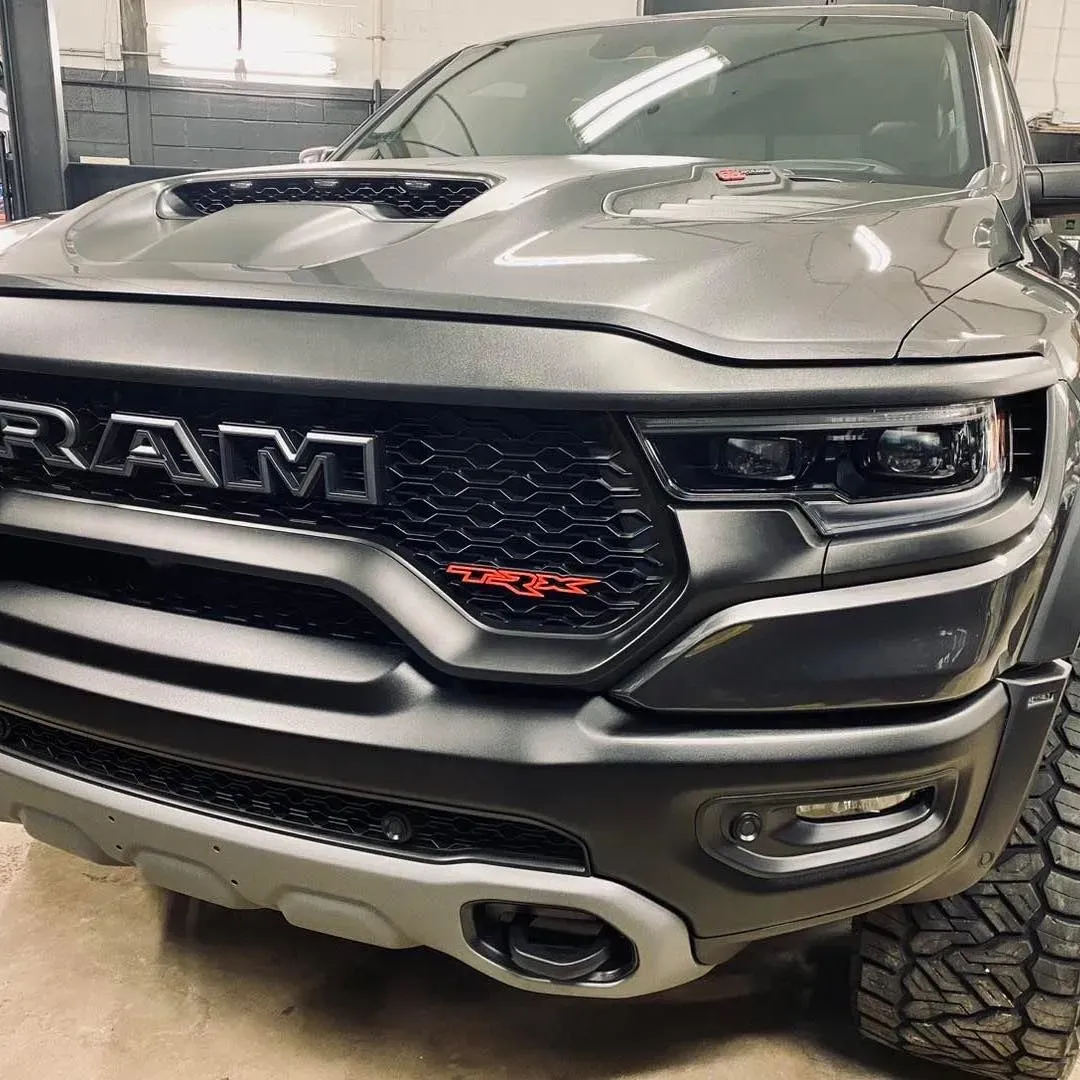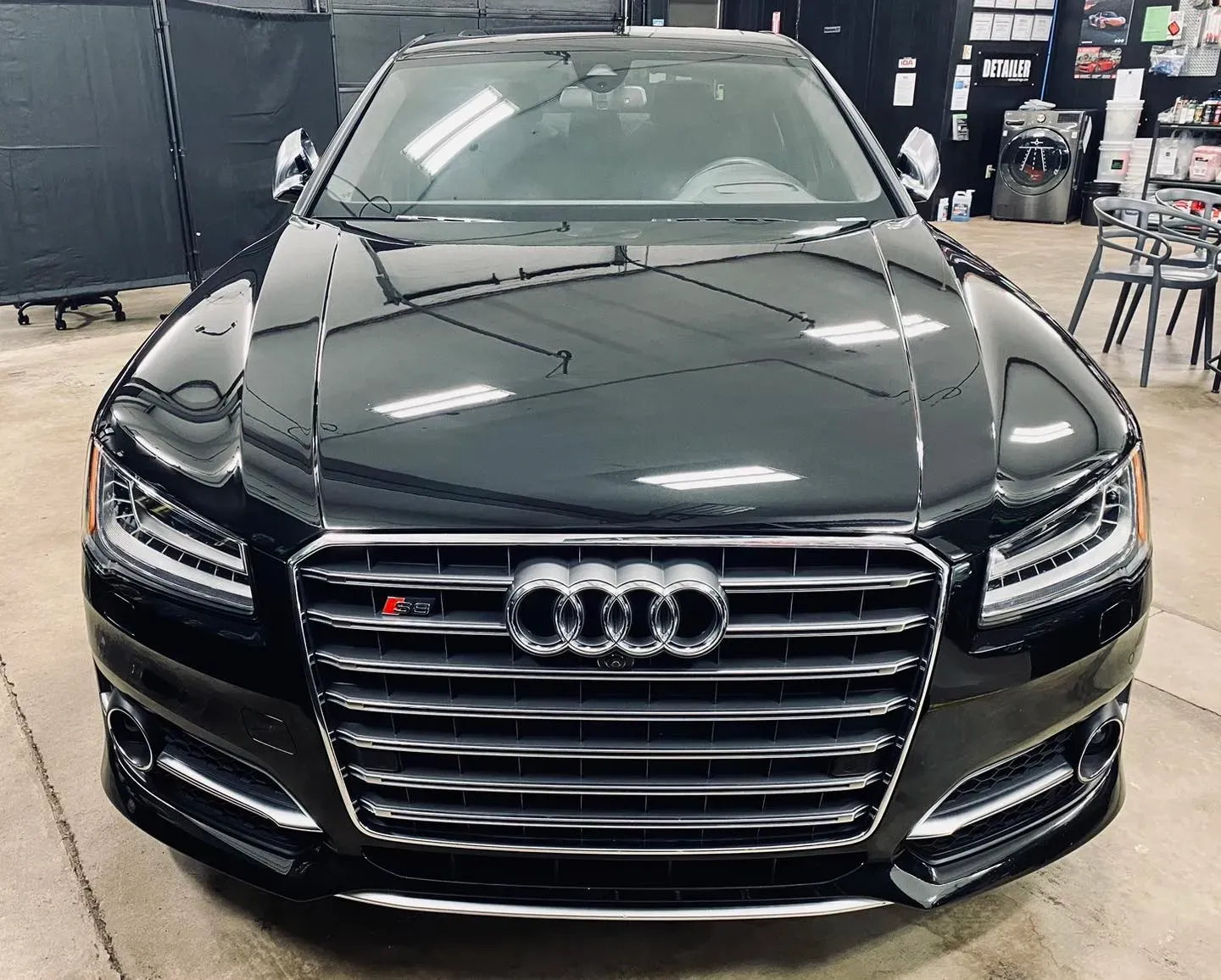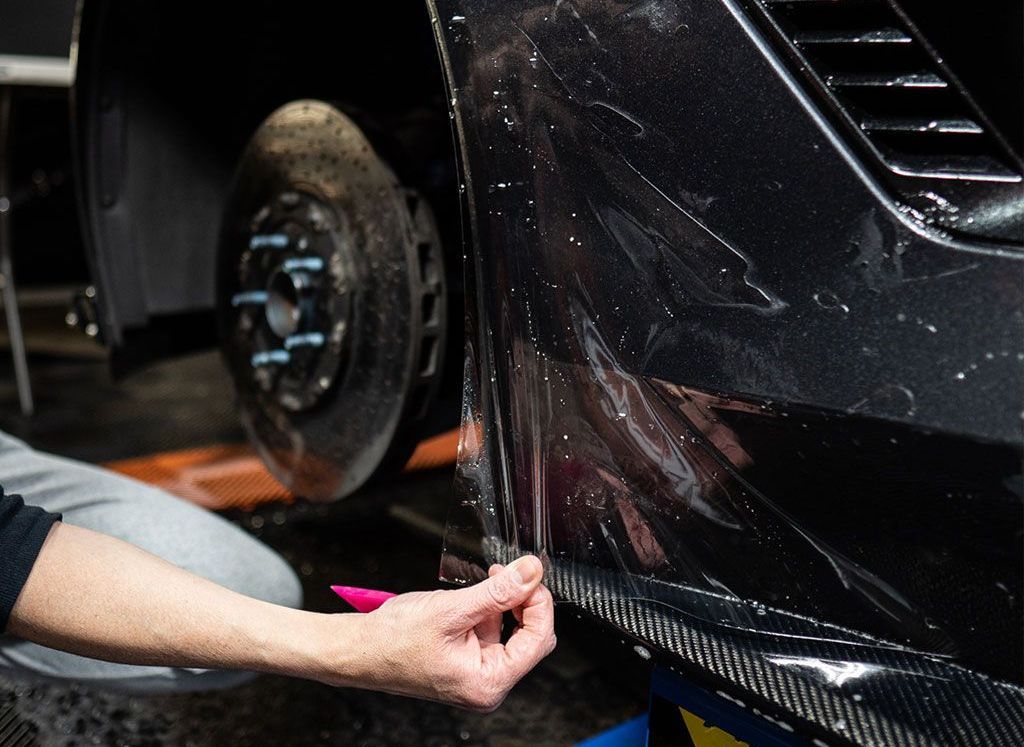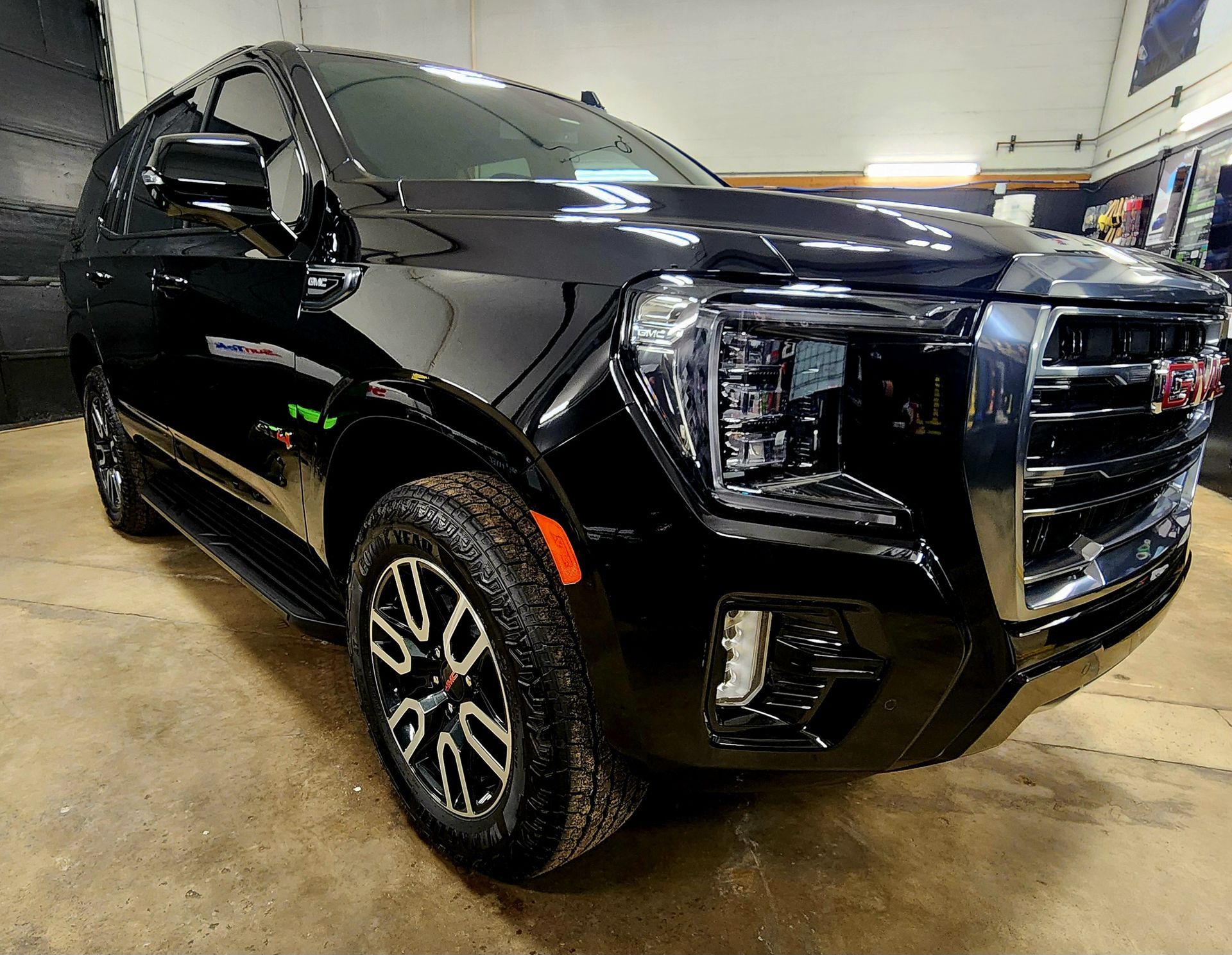Superhydrophobic Quality: How Ceramic Coating Repels Water and Enhances Surface Protection
Ceramic coatings, due to their superhydrophobic or water-repelling qualities, provide unrivalled surface protection for your vehicle. They make sure that water droplets bead on your car's surface instead of spreading out, making cleaning tasks simple and also guarding against harmful elements in the surroundings. Interestingly, this protective magic is brought into play by teeny tiny particles of silicon dioxide (SiO2) and titanium dioxide (TiO2), blocking all threats from dirt, sunshine, or chemicals.
Ceramic coating for cars repels water due to its superhydrophobic nature, which is characterized by low surface energy, creating water beading and sheeting. This property makes surfaces easier to clean and keeps vehicles looking cleaner for longer periods of time.
Superhydrophobic Quality of Ceramic Coating
Imagine you're driving down a wet, rainy road in your freshly coated car. The raindrops on your car's surface don't stick around for long; they bead up and roll off effortlessly, leaving the surface nearly dry. This phenomenon is all thanks to the superhydrophobic nature of ceramic coatings. Superhydrophobic surfaces repel water with exceptional efficiency, causing it to form droplets that easily roll off the surface instead of spreading out.
This unique property significantly reduces the adhesion of water and environmental contaminants to treated surfaces, making it easier to maintain a clean and pristine appearance. Whether it's the sleek bodywork or the window surfaces of your vehicle, ceramic coatings take water repellency to the next level.
The superhydrophobic quality of ceramic coatings is not just about aesthetics—it's about practicality too. Imagine having a car that stays cleaner for longer periods, with minimal effort needed to wash away dirt and grime. This not only saves time and effort but also reduces the frequency of car washes, prolonging the glossy appearance of your vehicle.
The water-repellent characteristic goes beyond just convenience; it's a protective shield for your vehicle. By repelling water and contaminants, ceramic coatings help safeguard the underlying surfaces from corrosion and damage associated with prolonged exposure to moisture and environmental pollutants.
Scientifically speaking, superhydrophobicity is achieved by creating a low surface energy environment. Essentially, this means applying a nanoscale protective layer with high contact angles and low sliding angles, which alters the molecular behavior of the surface. As a result, water struggles to adhere to the surface, promoting the rapid shedding of water droplets along with any accumulated dirt or grime.
As a result, superhydrophobic surfaces exhibit excellent resistance to wetting by water and other liquids, making cleaning procedures efficient and enhancing the longevity of treated surfaces.
The superhydrophobic quality of ceramic coatings revolutionizes how we protect and maintain our car surfaces, offering unparalleled resistance to water and environmental contaminants.

The Science Behind Ceramic Coating for Cars
Ceramic coatings contain some truly remarkable ingredients. Silicon dioxide (SiO2) and titanium dioxide (TiO2), both in nanoparticle form, act like secret agents, creating a protective shield around your vehicle's paint. When you apply ceramic coating to your car, these minuscule particles establish a covalent bond with the paint surface.
The interesting part begins here: this covalent bond creates an invisible forcefield that forms a barrier to protect the outside of your car from various elements. This transparent barrier serves as a defense against water, dirt, harmful UV rays, and chemical pollutants.
The silicon dioxide and titanium dioxide nanoparticles chemically bond with the surface of your car's paint, forming an exceptionally tough shield against various contaminants. These tiny particles create a lattice structure on the surface, helping to fill in microscopic pores and imperfections while also providing superior resistance to environmental and human-made contaminants.
Consequently, when water comes into contact with the coated surface, it doesn't spread out and adhere to it. Instead, it forms into small droplets and effortlessly glides off. This attribute is known as "hydrophobicity," which essentially means "water-fearing."
But what prompts this water-fearing behavior? It boils down to something called surface energy. Imagine the surface of your car like a lively marketplace; if it's bustling and energetic (high surface energy), water will want to linger there. However, if it's calm and relaxed (low surface energy), water won't find much allure and will prefer to continue moving. The SiO2 and TiO2 nanoparticles drastically lower the surface energy of your car's paint, transforming it into an inhospitable place for liquids.
As a result of the reduced resistance caused by lower energy levels, water droplets move effortlessly across the coated surface, swiftly sliding off your vehicle's paint without ample opportunity for adherence or absorption.
Understanding these scientific principles is crucial because they explain why ceramic coatings are so effective at delivering enduring protection for your vehicle's exterior.
Ceramic Coating and Water Interaction
Imagine a rainy day when water drops fall on a leaf, but instead of soaking in, they form little beads that roll off effortlessly. This same effect is what happens when water comes into contact with a surface treated with a ceramic coating. The secret here lies in something called "superhydrophobicity." Don't worry, it sounds complex, but it simply means that the surface becomes extremely water-repellent.
When a ceramic-coated surface encounters water, its low surface energy repels the water molecules. In simpler terms, this means that rather than spreading across the surface as a thin film, the water forms droplets. These droplets are tiny but mighty; they refuse to stick around and wet the surface. Instead, they readily slide away, taking along any dirt or contaminants on the surface. It's almost like self-cleaning!
Because of its superhydrophobic nature, the water doesn't get a chance to hang around and damage your surfaces. And that's just one of the magical things about ceramic coatings.
This ease of water removal from the surface is important for a few reasons. Firstly, it helps maintain the cleanliness of the coated surface. Picture rainwater washing away accumulated dirt and grime from your car instead of leaving dirty streaks - that’s the kind of power we’re talking about.
Secondly, this self-cleaning action also prolongs the protection offered by the coating. By carrying away contaminants, dust, and pollutants every time it rains or when you wash your car, the coating continues to retain its effectiveness in safeguarding your vehicle from environmental damage.
To put it even more simply, think of the ceramic coating as an invisible force field shielding your car or any other treated surface from water spots caused by rain or washing. It's like having an additional layer of insurance against those water-based adversaries!
So, next time it rains or you wash your car, take joy in knowing that each droplet is not only being repelled but also actively cleaning your vehicle. It’s like having nature itself pitch in to keep your precious paint job looking perfect.
Role of Nano and Micro Particles in Superhydrophobicity
Imagine a tiny world where the surface of your car or any object coated with ceramic is like a landscape, consisting of countless hills and valleys too small for us to see. This landscape, created by an array of incredibly small particles, is what gives ceramic coatings their remarkable water-repelling ability.
At the molecular level, these nano and microparticles produce a structured topography on the surface. This structured topography serves as an obstacle course for water. When water attempts to spread out on this surface, it encounters these microscopic obstacles—hills and valleys—which reduce the contact area for the water droplets.
To put it simply, when water hits such a structured surface, instead of spreading out, it beads up into spherical droplets due to the reduced contact area. These spherical droplets then roll off effortlessly, carrying dirt and other impurities with them. Just like a superhero repelling an attack, the ceramic coating repels water and any contaminants it might carry.
So, if you're driving down the road during a downpour, those raindrops don't stick around—they're carried away by the wind or blown off by your wipers as they bead up and roll right off your treated windshield.
The behavior of these nano and micro particles seems almost magical, but it's all thanks to their ability to create surfaces that make water recoil on itself, carrying away impurities and preventing damage to your cherished possessions.

Practical Functions of Superhydrophobic Materials
Superhydrophobic materials aren't just a cool scientific discovery; they have a range of practical uses that affect our daily lives more than you might think. From self-cleaning surfaces to protecting materials from corrosion and preventing icing, the applications are diverse and impressive. Some practical function of superhydrophobic materials are:
Self-Cleaning Surfaces
In everyday life, traditional cleaning methods involve scrubbing, wiping, and using cleaning agents to remove dirt and grime from surfaces. However, with superhydrophobic materials, like ceramic coatings, the surface is designed to repel water and other liquids, making it difficult for dirt to adhere. This means that when water comes into contact with the surface, it forms beads that roll off, carrying dirt particles away.
As a result, the surface stays clean for longer periods, reducing the need for frequent cleaning and maintenance. By having surfaces that repel water and resist staining, maintaining cleanliness becomes significantly easier. The practical benefit of this feature extends to various industries, from automotive to architectural.
Anti-Icing Coatings
Imagine if roads and bridges could be made with surfaces that repel ice and prevent it from forming. Superhydrophobic coatings offer the potential to create anti-icing surfaces by preventing ice accumulation. This has immense benefits for transportation infrastructure in cold climates, reducing accidents and maintenance costs associated with snow and ice removal.
Preventing Corrosion
In industries such as marine engineering or oil and gas, corrosion poses a significant risk to structures and equipment. Superhydrophobic materials can provide an effective defense against rusting and degradation caused by exposure to moisture or harsh environmental conditions. By repelling water and inhibiting its ability to linger on surfaces, these coatings greatly reduce the likelihood of corrosion, extending the lifespan of equipment and structures.
From making surfaces self-cleaning to preventing ice formation and combating corrosion, the practical impact of superhydrophobic materials is far-reaching. These innovative materials are transforming various industries by enhancing performance, durability, and safety across different applications.
Advantages of Superhydrophobic Coatings for Car Paint
The superhydrophobic qualities of ceramic coatings bring a number of benefits to your car's paintwork, making them an essential investment for any vehicle owner aiming to keep their car in top condition. Let's explore the key advantages of ceramic coating one by one.
Reduced Water Spotting
The hydrophobic properties of ceramic coatings make water bead up and roll off the surface rather than lingering and leaving behind unsightly water spots. This means that after a rainy day or car wash, your car retains its pristine look without requiring intensive drying or wiping down, saving you time and effort.
In regions with hard water or high mineral content, water spots can be particularly stubborn and detrimental to the appearance of your car's paint. The self-cleaning effect of superhydrophobic coatings reduces the likelihood of these water spots forming, ensuring that your vehicle maintains a clean and polished look between washes. This not only keeps your car looking beautiful but also diminishes the need for frequent exterior maintenance.
Resistance to Environmental Contaminants
Superhydrophobic ceramic coatings act as a protective shield against environmental contaminants such as dirt, dust, bird droppings, tree sap, and bugs. These coatings provide an additional layer of defense, preventing these contaminants from bonding with the paint surface and causing damage. By repelling these substances, ceramic coatings reduce the risk of stains and etching on your car's paintwork, preserving its pristine appearance for longer.
Enhanced Glossy Finish
Beyond protection, ceramic coatings contribute to enhancing the visual appeal of your car by providing a glossy finish reminiscent of a showroom-quality vehicle. The reflective properties of superhydrophobic coatings create a deep lustre that amplifies the color and shine of the paint, elevating the aesthetic appeal of your car.
Moreover, this glossy finish is durable and long-lasting due to the resilience of ceramic coatings. It doesn't just offer immediate visual enhancement; it ensures that your car maintains its sleek appearance over an extended period, outlasting traditional waxing or sealant products.
Durability for Extended Protection
In addition to all these benefits, ceramic coatings offer longevity in terms of protection against wear and tear caused by everyday elements. Unlike traditional waxes or sealants that degrade over time and require frequent reapplication, ceramic coatings provide durable protection that can withstand harsh environmental conditions and last for years with proper maintenance.
Understanding these distinct advantages provides valuable insight into why superhydrophobic coatings have become increasingly popular in protecting and enhancing car paintwork at Final Approach Detailing.
The benefits of superhydrophobic ceramic coatings are clear: reduced water spotting, resistance to environmental contaminants, enhanced glossy finish, and durability for extended protection. Make sure to invest in this essential protection for your vehicle at Final Approach Detailing today. Schedule your appointment with us!





